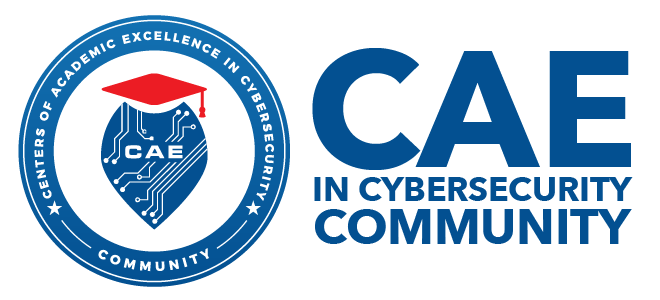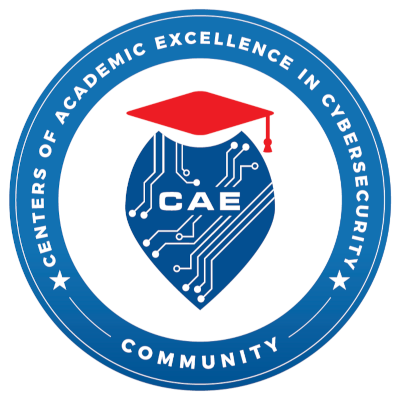Long and Winding Road: Navigating to a Cybersecurity Performance Based Education (PBE) Curriculum
While a Performance Based Education (PBE) conversion process was underway through an NSF grant at TSTC, the COVID-19 pandemic necessitated an accelerated and sharp turn in the Texas State Technical College hands-on technical model as courses were moved from an in-person to an online modality in the Cybersecurity program.
This brought multiple challenges and lessons learned including instructional content, access, hardware/equipment, software, and communication. This presentation will identify the challenges and solutions implemented for a successful PBE journey.

